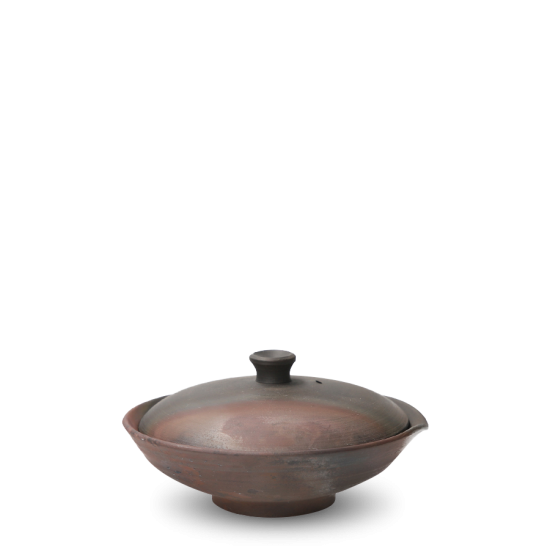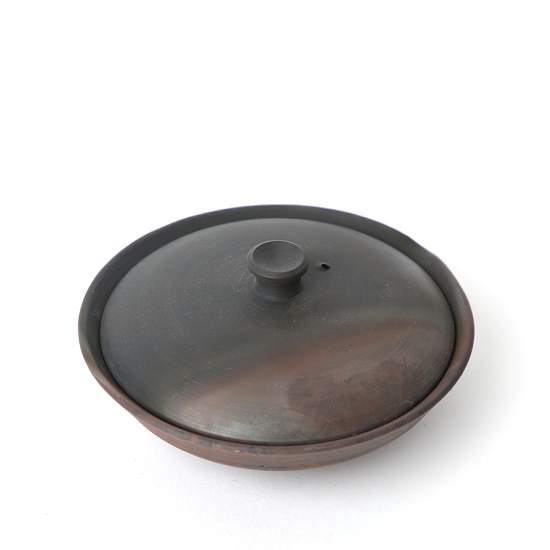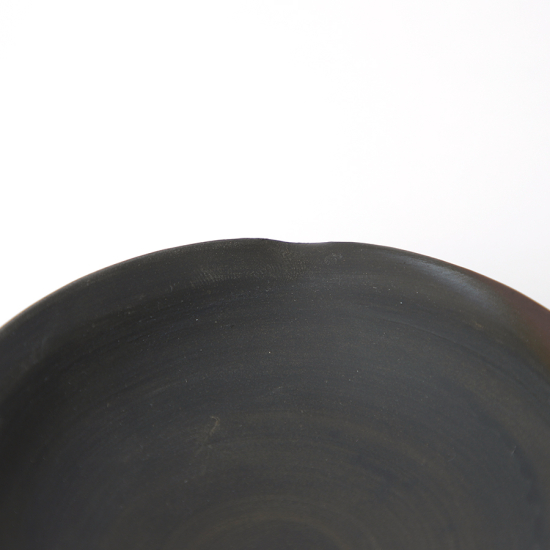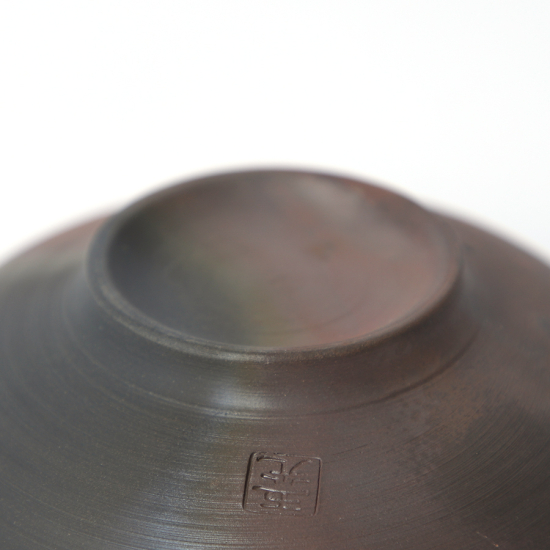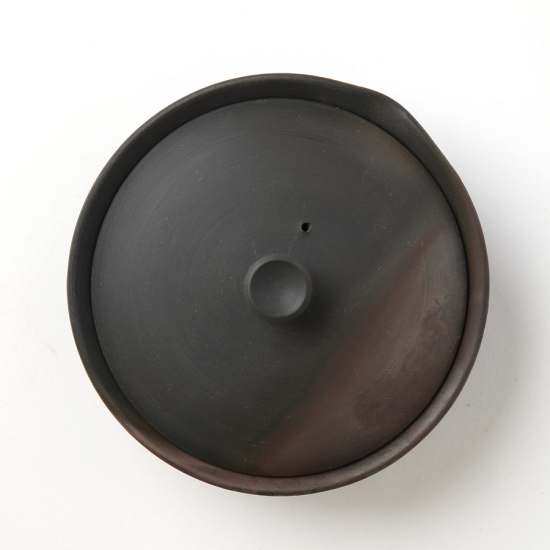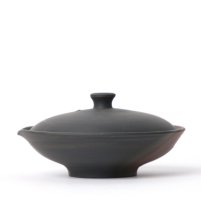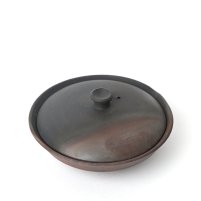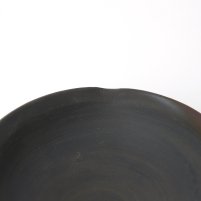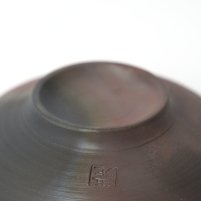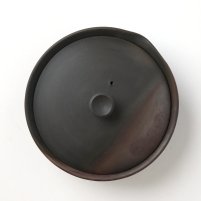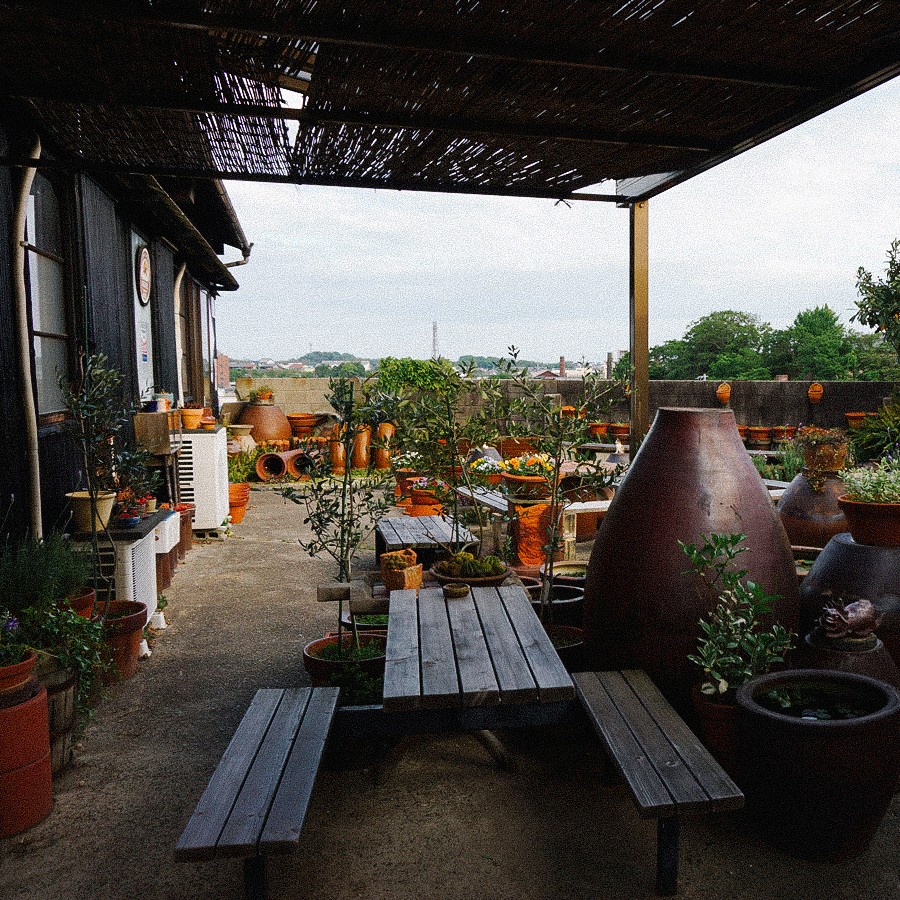A shiboridashi should first be warmed with water before usage so that the clay reacts better with the tea leaves. Only then, you can add the tea needles with a wooden spoon. Connoisseurs usually make the tea much stronger than beginners, who are less used to the intense taste and bitter substances.
Now pour the water carefully and slowly over the leaves, ideally from a yuzamashi (vessel for cooling the water after boiling) of the same or similar clay and firing procedure. For best results, fill the water only to the top third of the shiboridashi strainer. During the brewing time, please close the lid.
To pour, hold the shiboridashi with one hand so that the thumb rests on the knob. Make sure that the small opening on the lid is level with the spout. Then pour the tea slowly into the cup in several puffs and drink it fresh. If several cups are being filled, they should be poured in small steps one after the other to achieve an even result for all cups. At the end of pouring, gently but firmly jerk the shiboridashi down repeatedly with both hands to extract the last, particularly rich drops from the tea.




